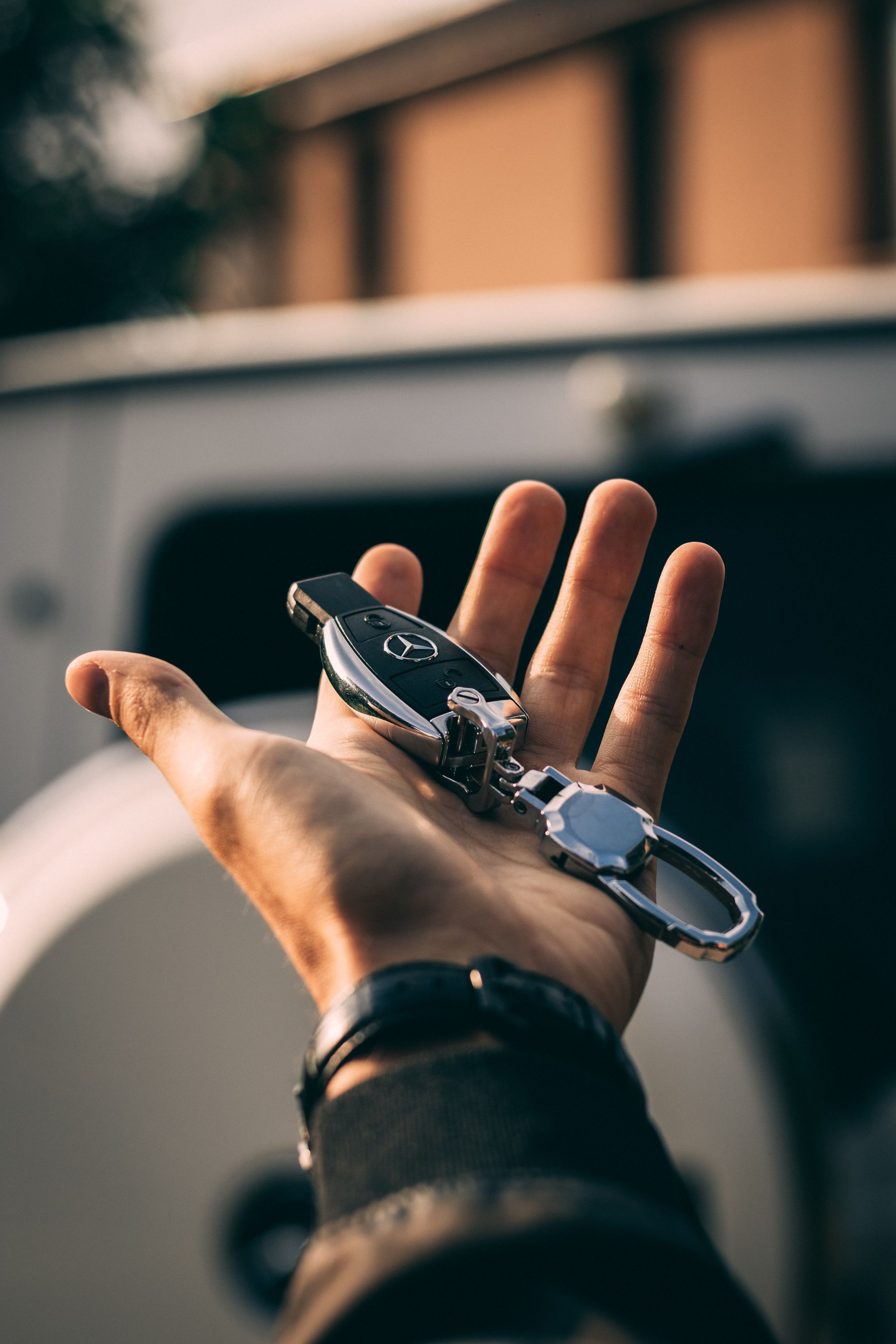Everything You Need to Know to Stay Safe on the Road

Nothing is more important than safety, and that is especially true when you’re on the road.
Anyone with a driver’s license knows the basics. Wear a seatbelt, use your turn signals, watch your blind-spot, etc.
But what about the other crucial safety procedures that they don’t tend to teach you in driver’s education classes, or ask about on the written license test? We’ll take a closer look at some of the road safety tips that are lesser known—but just as important.
Equipment Maintenance
Making sure that your vehicle is in good working order is the first step to ensuring your safety on the road. You should be on the lookout for the following issues:
- Bald or damaged tires
- Lights & turn signal outages
- Cracks in your windshield
- Stripped windshield wipers
- Squeaky or “mushy” brakes
Most oil change establishments offer a free inspection—but they’re mainly looking for items to upsell you on, and not necessarily checking all of your vehicle’s critical safety functions. It’s up to you to periodically check to make sure all systems are in working order.
Dashboard Warning Lights
Some folks tend to treat dashboard warning lights as casual indicators that they should think about getting the car serviced soon.
The reality of the situation is that if certain warning lights come on—your car may not be safe to drive. It’s recommended that you get to learn your car’s specific warning lights by referencing the owner’s manual.
Obviously a warning light indicating that you’re low on windshield wiper fluid is not an emergency. However, anything relating to engine malfunction, brakes, tires, or suspension is cause for concern and you should make arrangements to have your vehicle serviced as soon as possible.
Emergency Kit
Every vehicle should have a few basic items in case of emergency. Being pulled over on the side of a busy street or highway is not a safe position to be in, but if you are properly prepared, you can limit the amount of time that you’re stranded.
Here are a few of the items that you should set aside in case you’re left on the side of the road:
- Flashlight
- Jumper Cables
- Fire extinguisher
- Phone Charger & External Battery
- Tire Repair Aerosol
- Car jack, wrench, and spare tire
Making sure that all the items in your emergency kit are charged and in good working order should also be a consideration.
Avoiding Distractions
The dangers of distracted driving are well publicized. We all know that texting and driving is a no-no, and you should only take phone call if you can do so safely with a hands-free Bluetooth device. However, the distractions don’t end at communication.
Distractions like navigation apps as well as music and podcast streaming services can also pose a risk if they are taking your eyes off the road and your hands off the wheel.
If you find yourself needing directions or to change your in-car entertainment, digital assistant apps like Siri, Alexa, or Google Assistant can help you hands-free.
Final Thoughts
Staying safe on the road should be every driver’s primary focus—and it doesn’t have to be a difficult or involved process. A little preparation and maintenance can go a long way toward preventing major problems.





